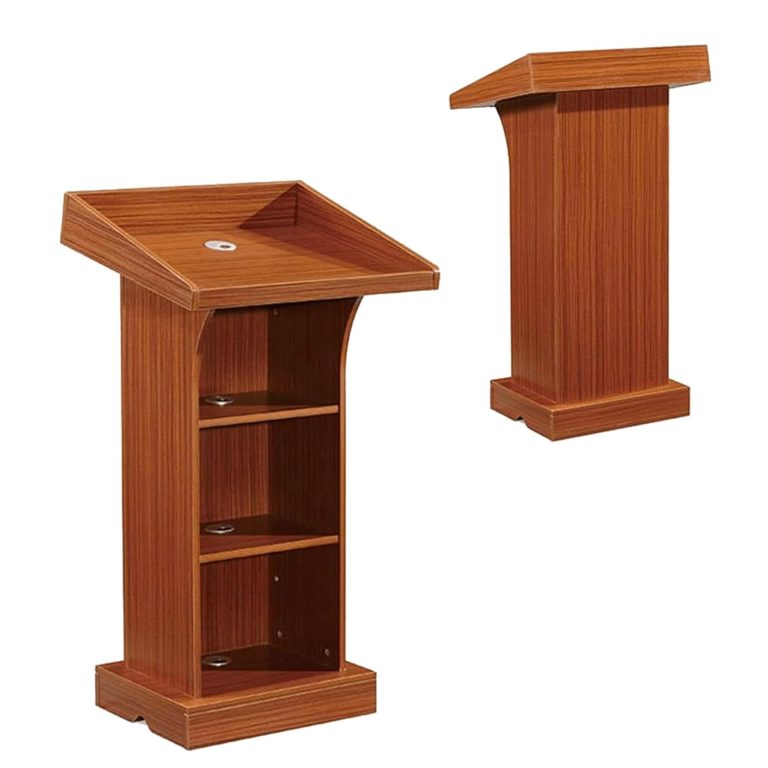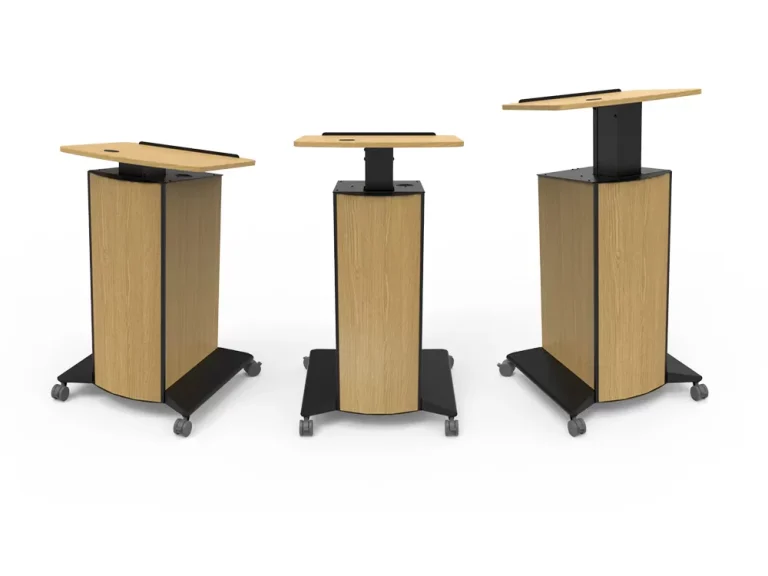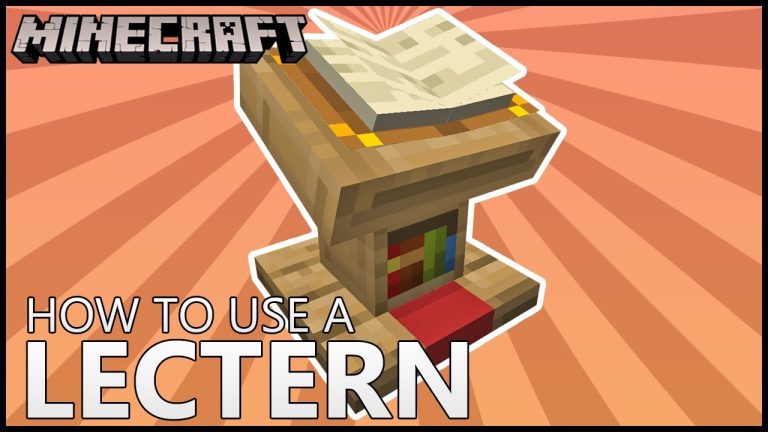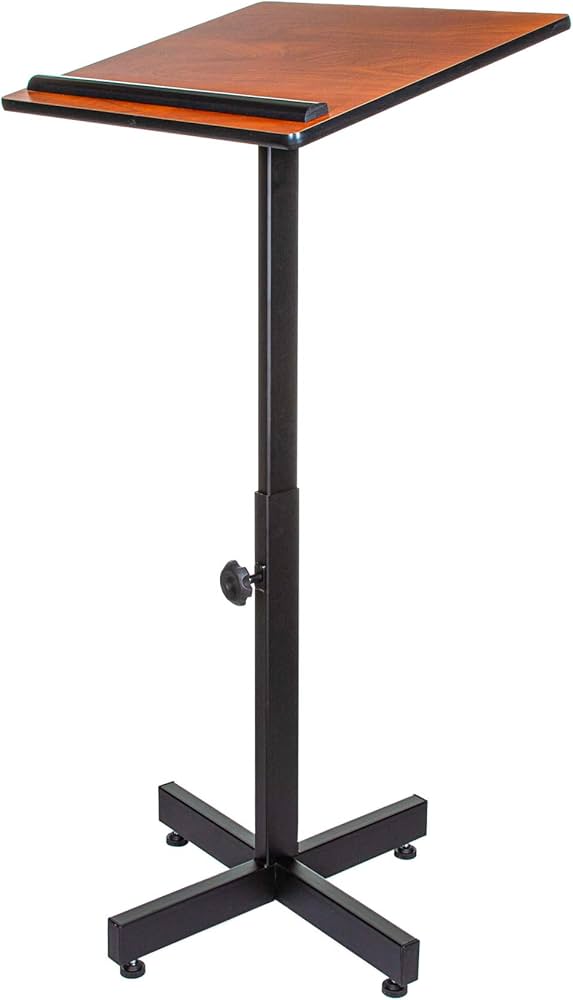Stagecrafting Ideas
Stagecrafting ideas is the process of generating creative concepts for staging a performance or event, involving the design, arrangement, and execution of various elements on stage. These elements can include lighting, sound, props, set design, costumes, and special effects, all of which work together to enhance the audience’s experience and bring the desired vision to life.
By carefully considering the purpose, theme, atmosphere, and logistics of the production, stagecrafting ideas can help create a memorable and engaging performance that captivates and resonates with the audience. This article explores the importance of stagecrafting ideas in the world of theater and provides tips on how to generate and execute innovative and effective ideas for staging.
Let’s dive in!
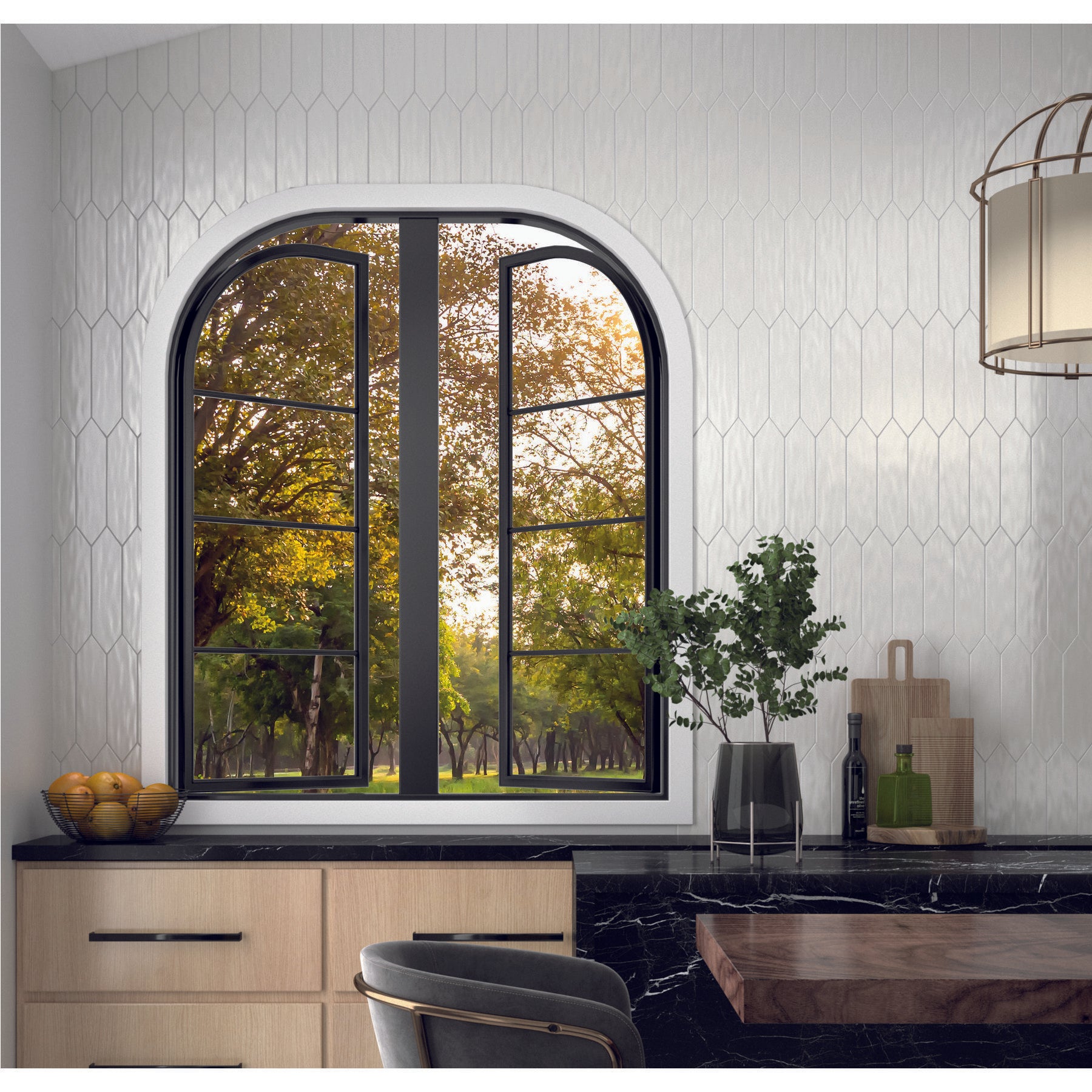
Credit: floorzz.com
Understanding Stagecraft
Discover the art of stagecrafting ideas for captivating performances. Explore the principles of understanding stagecraft to create immersive experiences that engage and enthrall audiences.
What Is Stagecraft?
Stagecraft refers to the art and technique of creating and designing the visual elements of a theatrical production. It encompasses various aspects, from the construction of sets and props to the use of lighting, sound, and special effects. Understanding stagecraft is crucial for anyone involved in theater, including directors, set designers, and actors.
Key Elements Of Stagecraft
Stagecraft involves several key elements that work together to create a captivating and immersive theatrical experience. By understanding these elements, theater professionals can enhance storytelling and engage audiences on a deeper level.
Set Design
The set design is one of the most important aspects of stagecraft. It involves creating the physical environment in which the play or performance takes place. Set designers carefully plan and construct sets that reflect the mood, time period, and theme of the production. Attention to detail is crucial, as every prop, backdrop, and piece of furniture contributes to the overall aesthetic and atmosphere of the performance.
Lighting
Lighting is a powerful tool in stagecraft that can greatly impact the mood and tone of a production. Through the use of different colors, intensities, and angles, lighting designers create visual cues, highlight important moments, and guide the audience’s attention. From dramatic spotlights to subtle ambient lighting, the manipulation of light enhances the storytelling and conveys emotion.
Sound
Sound plays a vital role in stagecraft by creating ambiance, establishing time and place, and enhancing storytelling. Sound designers carefully select and design sounds, including music, effects, and dialogue amplification, to support the narrative and engage the audience’s senses. Whether it’s the haunting melody of a suspenseful scene or the realistic sounds of a bustling city, the use of sound brings the theatrical world to life.
Costume And Makeup
Costume and makeup design contribute to the overall visual impact and characterization of a production. Costume designers carefully select and create outfits that reflect the personality, social status, and historical context of each character. Makeup artists use their skills to transform actors and bring their characters to life. Through the careful consideration of colors, textures, and styles, costumes and makeup help create a believable and immersive experience.
Special Effects
Special effects are an exciting aspect of stagecraft that can elevate a production to new heights. From pyrotechnics and flying harnesses to illusions and animatronics, special effects designers use their creativity and technical expertise to create awe-inspiring moments on stage. Special effects not only add spectacle but also enhance storytelling, immersing the audience in a world of magic and wonder.
The Importance Of Stagecrafting Ideas
When it comes to creating a memorable experience, stagecrafting ideas play a vital role. By carefully crafting the visuals, sounds, and overall atmosphere of a performance, it enhances the audience’s experience, taking them on a journey they will not soon forget.
With well-executed stagecrafting ideas, audiences become fully immersed in the world presented before them. The combination of spectacular set designs, lighting effects, and soundscapes create a captivating environment that captures the audience’s attention from the moment they enter the venue.
Additionally, stagecrafting ideas can also be used to direct the audience’s focus. By creating visual focal points or guiding the lighting to specific areas of the stage, the performers are able to control the audience’s attention and ensure that the most important moments are highlighted.
One of the key objectives of stagecrafting ideas is to create memorable moments that stay with the audience long after the performance ends. These moments can be awe-inspiring, emotional, or thought-provoking, leaving a lasting impact on the viewers.
Through the careful arrangement of props, special effects, and stage movement, stagecrafters have the power to transport the audience to different worlds, evoke emotions, and tell stories without uttering a single word. These moments of connection captivate the audience and ensure that they are fully engaged throughout the performance.
| Key Benefits of Stagecrafting Ideas: |
|
By combining innovative stagecrafting ideas with the talents of the performers, a truly remarkable experience is created for the audience. They become active participants in the performance, swept away by the magic and wonder that unfolds before their eyes.
Stagecrafting ideas are an essential element of any successful production. Without them, performances can feel lackluster and fail to leave a lasting impression. By prioritizing stagecrafting, performers and production teams ensure that every moment on stage is an opportunity to captivate, inspire, and leave a lasting impact on the audience.
Techniques For Stagecrafting Ideas
In the world of theater, stagecrafting is the art of bringing ideas to life. It involves transforming a script into a captivating performance by using various techniques like lighting, sound, costumes, and props. Each element plays a crucial role in creating the right atmosphere and transporting the audience into the world of the play. Let’s take a closer look at some of the key techniques for stagecrafting ideas:
Lighting And Set Design
Lighting and set design are essential factors in stagecrafting. They work together to create the mood, enhance the story, and set the stage for the performance. Lighting can convey emotions, shift focus, and create dramatic effects. Set design provides the physical environment, transporting the audience to different locations and eras. A well-designed set can add depth to the storytelling, while the right lighting can enhance the actors’ performances.
Sound And Music
Sound and music are powerful tools in stagecrafting. They evoke emotions, heighten tension, and immerse the audience in the performance. Sound effects can create a realistic portrayal of the world on stage, while music can reinforce the mood and enhance the overall experience. A carefully selected soundtrack or live musical accompaniment can elevate the production and leave a lasting impression on the audience.
Costumes And Props
Costumes and props are the visual elements of stagecrafting that bring characters and scenes to life. Costumes serve several purposes, including defining characters, representing time periods, and conveying social status. Props add details and authenticity to the performance, making the world on stage feel more real. The right combination of costumes and props can transport the audience to different eras and cultures, enriching the storytelling.
In conclusion, stagecrafting is a multidimensional art that requires careful attention to detail and collaboration between various creative elements. Lighting, sound, costumes, and props all contribute to the overall experience, enriching the performance and captivating the audience. By employing these techniques, theater artists can transform ideas into unforgettable experiences on stage.
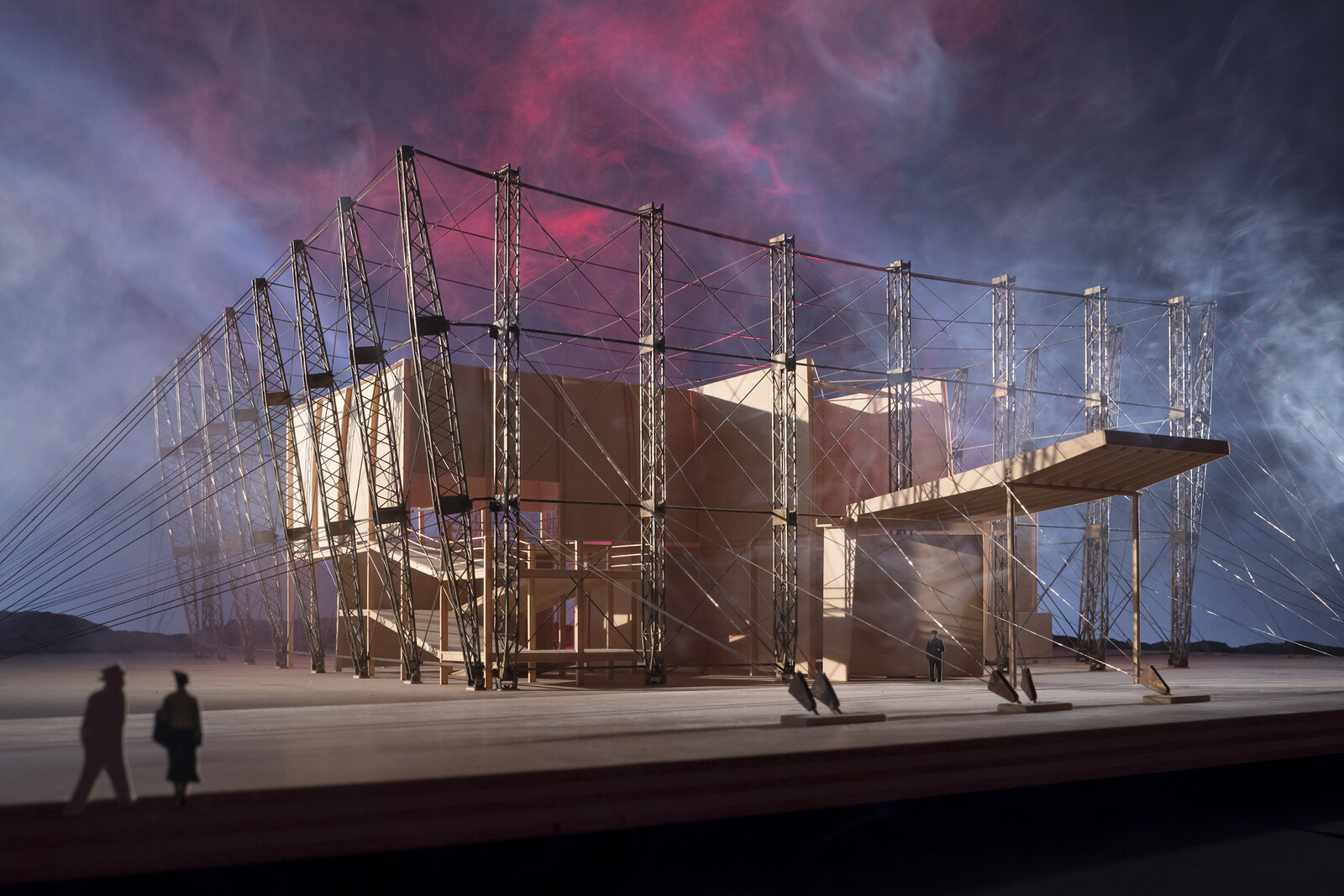
Credit: www.e-flux.com
Case Studies In Stagecrafting Ideas
When it comes to creating a memorable and engaging stage production, the art of stagecrafting ideas plays a vital role. In this article, we will explore case studies in stagecrafting ideas, focusing on two iconic genres: Broadway musicals and Shakespearean plays.
Broadway Musicals
Broadway musicals are much more than just singing and dancing on stage. They are grand spectacles that captivate audiences with their innovative stagecrafting ideas. Let’s take a look at a few noteworthy examples:
- The Lion King: This celebrated musical brought the African savannah to life using stunning puppetry, elaborate costumes, and awe-inspiring choreography. From the opening number to the grand finale, every scene was a visual treat.
- Hamilton: This revolutionary musical transformed the narrative of American history with its hip-hop infused storytelling. The inventive use of a revolving stage, minimalist set design, and dynamic lighting created a visceral experience for the audience.
- Wicked: This enchanting musical reimagined the backstory of the witches from “The Wizard of Oz.” With its intricate set pieces, gravity-defying aerial stunts, and dazzling costumes, it transported the audience to the whimsical land of Oz.
Shakespearean Plays
Shakespearean plays have stood the test of time, and their stagecrafting ideas continue to inspire contemporary productions. Here are a few remarkable examples:
- Macbeth: This gripping tragedy explores the corrupting power of ambition. From the eerie use of lighting and atmospheric sound effects to the clever use of blood symbolism, every element on stage intensifies the psychological drama.
- A Midsummer Night’s Dream: This comedic play is a feast for the senses. The whimsical set design, ethereal costumes, and enchanting use of music and dance create a dream-like atmosphere, adding to the magical allure of the story.
- Romeo and Juliet: The timeless tale of star-crossed lovers has seen various interpretations on stage. From innovative stage mechanics that simulate balcony scenes to the strategic use of color symbolism, each production brings its own unique vision to the tragic love story.
These case studies in stagecrafting ideas demonstrate the power of creativity and innovation in bringing stories to life on stage. Whether it’s a Broadway musical or a Shakespearean play, the thoughtful integration of stagecrafting ideas elevates the overall theatrical experience, leaving a lasting impression on audiences for years to come.

Credit: www.facebook.com
Frequently Asked Questions For Stagecrafting Ideas
What Is An Example Of Stagecraft?
Stagecraft refers to the techniques used in theater production to create and enhance theatrical effects. For example, the use of lighting, sound effects, props, costumes, and set design are all part of stagecraft. It helps to create the atmosphere, mood, and visual appeal of a performance.
How Do You Make A Craft Stage?
To make a craft stage, follow these steps: 1. Choose a suitable area for the stage. 2. Design and build the stage platform using sturdy materials. 3. Add a backdrop and curtains for a professional look. 4. Install adequate lighting to enhance the stage.
5. Decorate the stage with props and accessories as needed.
What Is Stagecraft In Music?
Stagecraft in music refers to the effective use of lighting, props, costumes, and other elements to enhance a live performance. It helps create a visually compelling and immersive experience for the audience.
Why Is Stagecraft Important?
Stagecraft is important because it enhances the overall experience of a performance. It involves the design, construction, and coordination of elements like lighting, set design, and costume. These elements create a visually appealing and compelling atmosphere for the audience, bringing the story to life and adding depth to the performance.
What Is Stagecrafting And Why Is It Important?
Stagecrafting is the art of creating and designing the elements that make a live performance visually appealing and engaging. It is important because it enhances the overall audience experience and helps convey the intended message effectively.
Conclusion
Stagecrafting ideas are invaluable tools for creating captivating and memorable performances. By combining artistic vision with technical expertise, stagecrafting allows for the seamless integration of set design, lighting, sound, and more. With a focus on engaging the audience and enhancing the overall production, these ideas are essential for any theater or performance-based endeavor.
By implementing stagecrafting techniques, you can elevate your productions and leave a lasting impression on your audience. So, get creative and start exploring the endless possibilities of stagecrafting!
